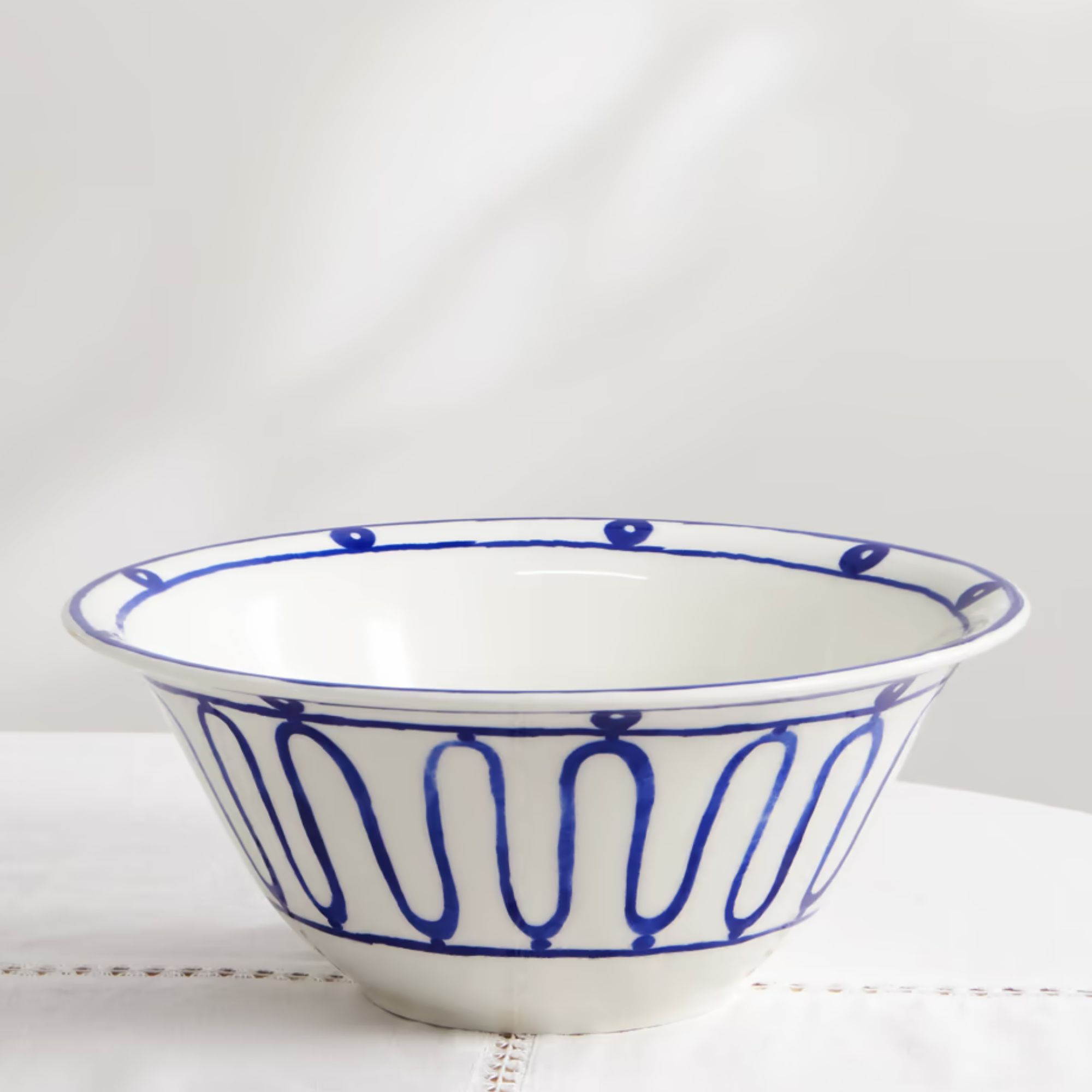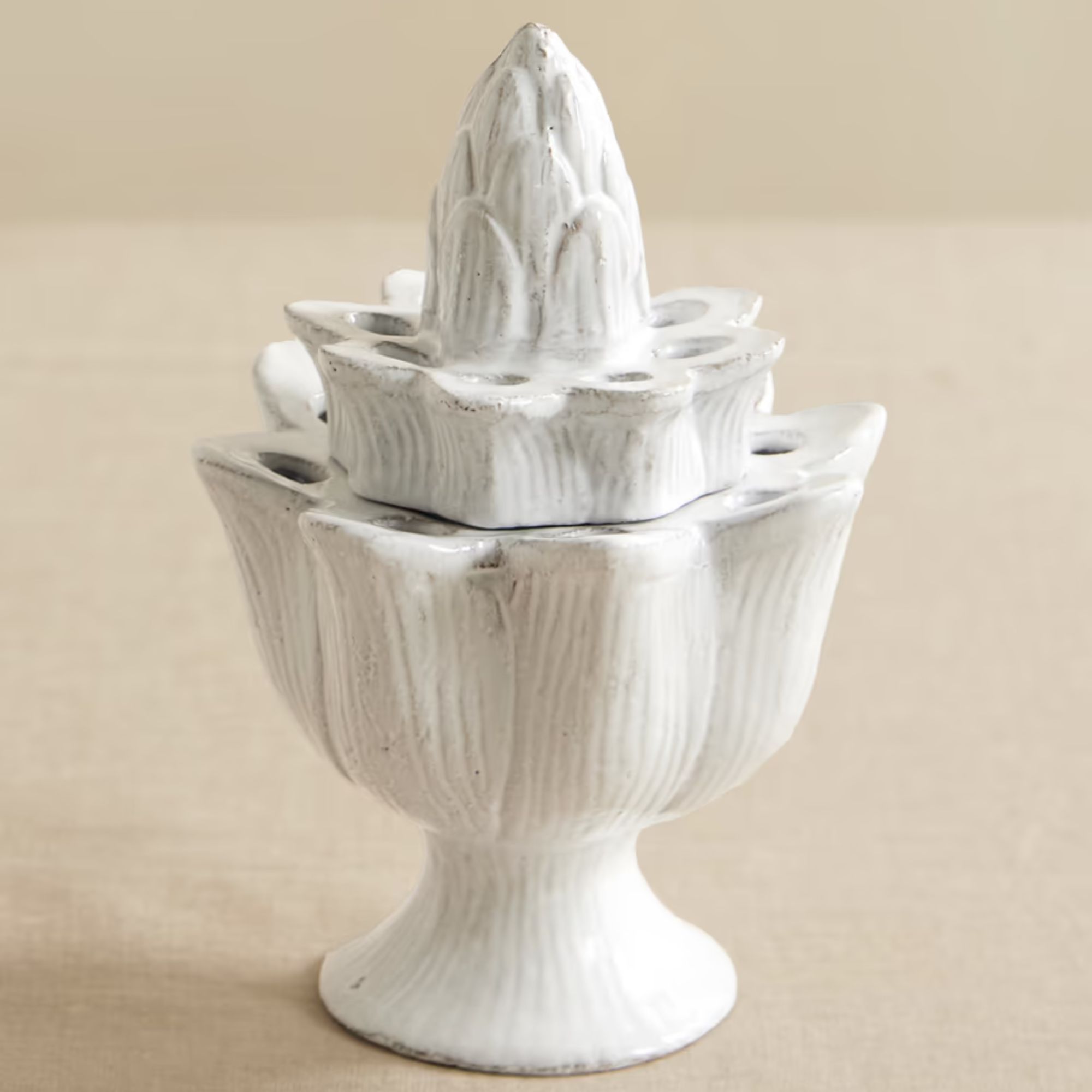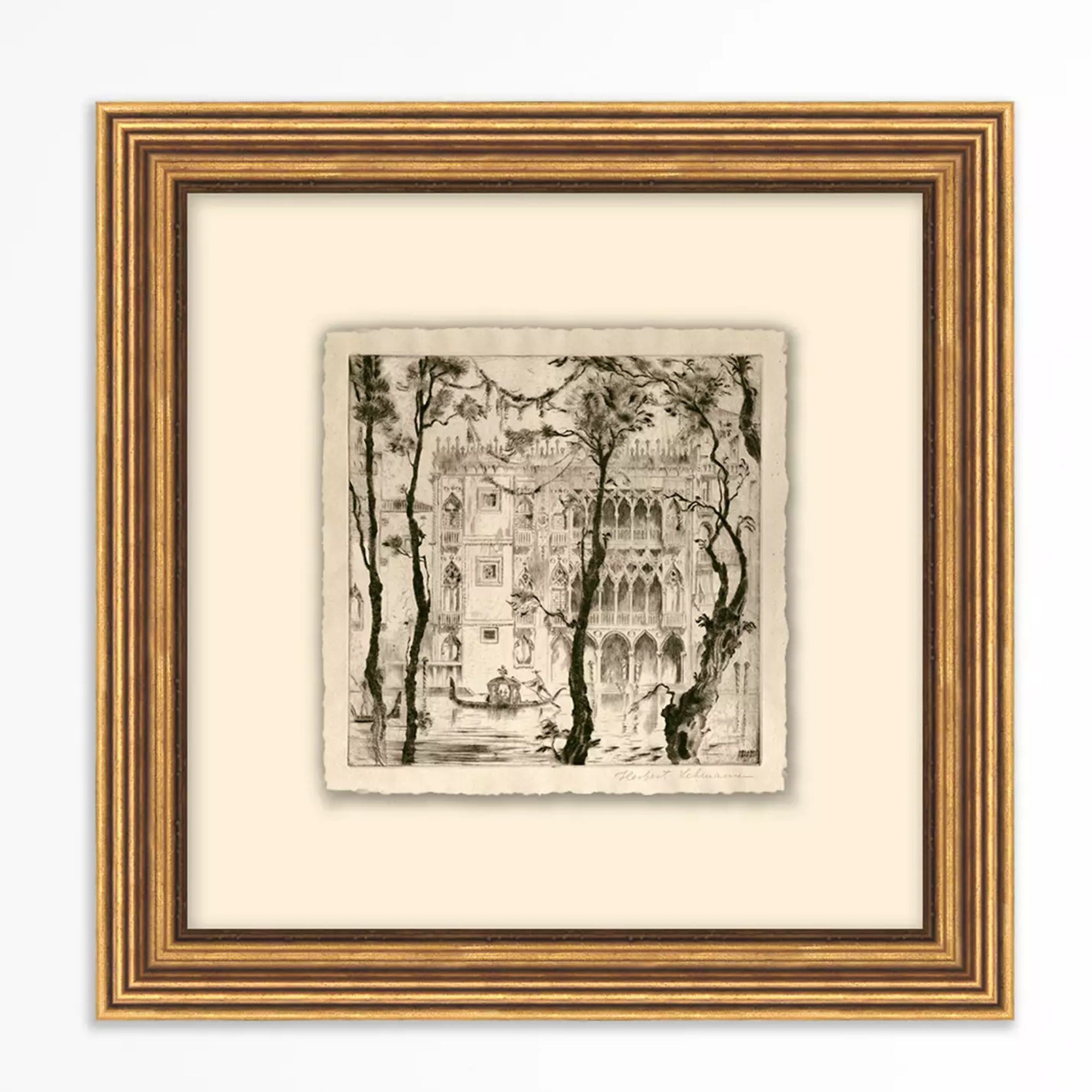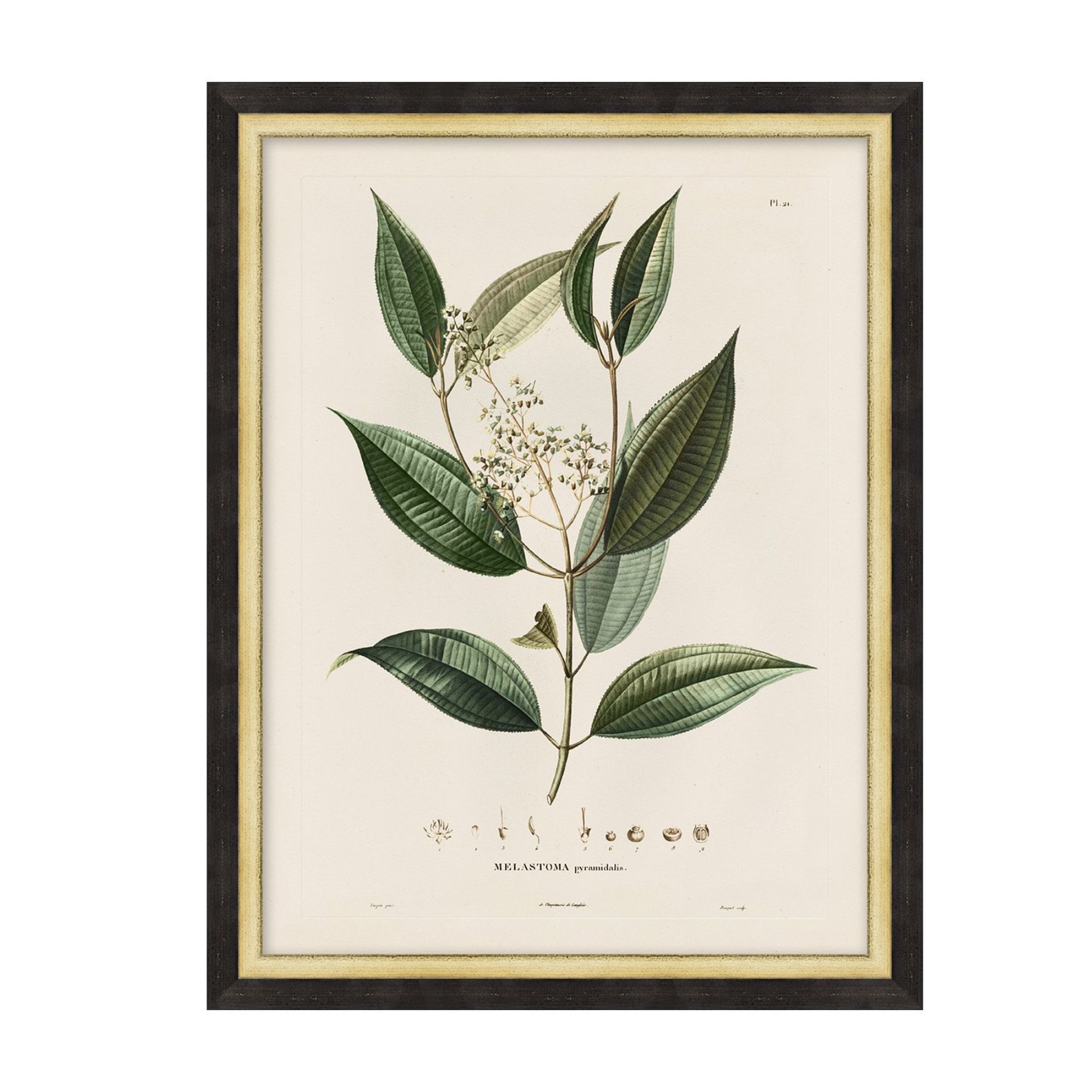6 'old-fashioned' decorating techniques that designers still swear by
I spoke to interior designers to uncover the tried and tested 'old-fashioned' techniques they continue to rely on
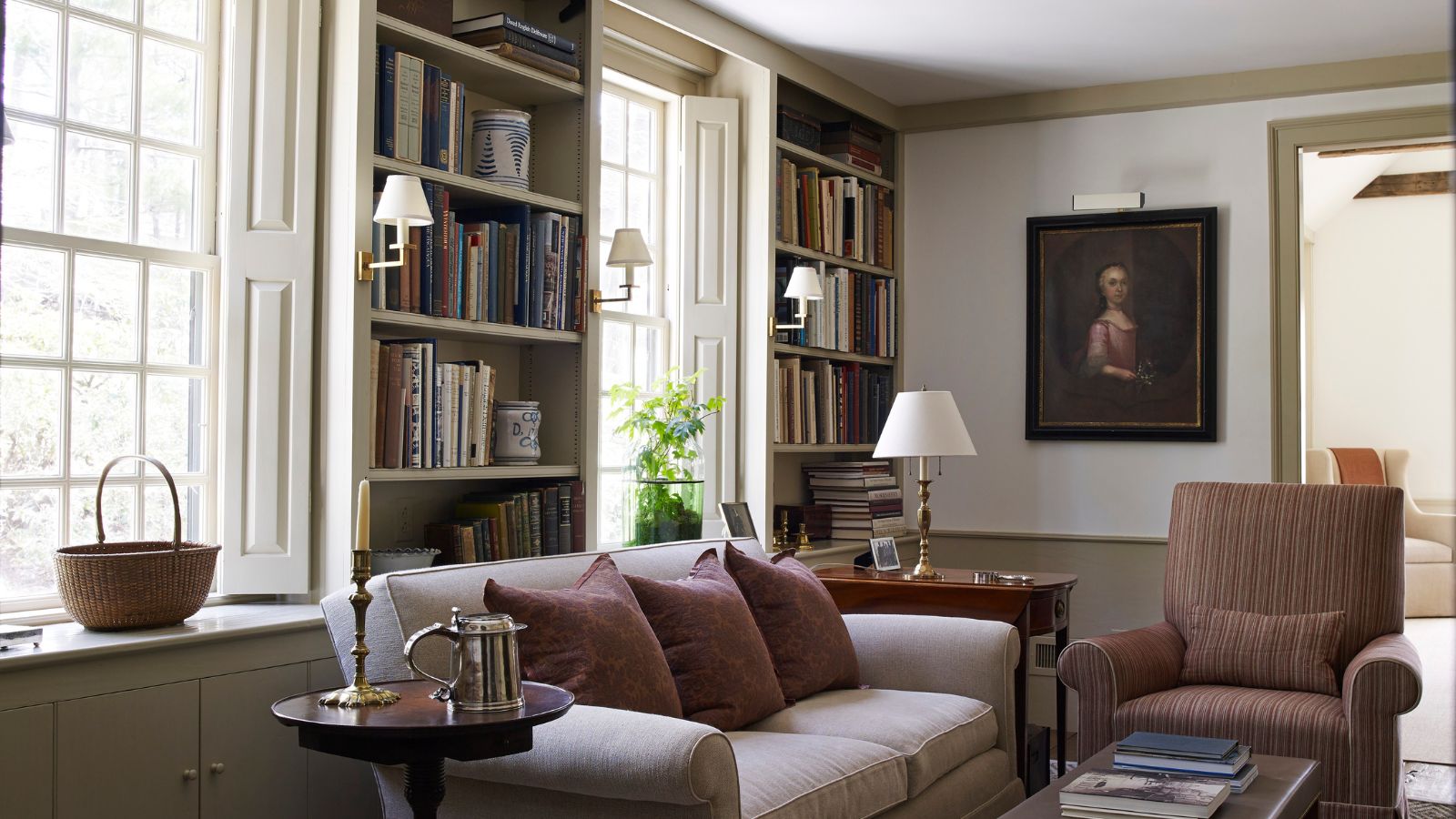

2025 has definitely been the year of looking back and being inspired by design styles of the past, even the looks of the 1990s have made a comeback.
And while the reason for that is definitely linked with wanting a feeling of nostalgia, it's also because we can learn so much from decorating ideas and techniques of the past – and so many still apply to design today. Long-established techniques and interior design rules that have stood the test of time continue to be used by creatives, proving that if it's not broken, don't fix it.
So what are these old-fashioned techniques that designers still rely on in 2025? How can we use decades-old approaches to ensure a space feels timeless? I asked interior designers who have long been designing enviable homes what old-fashioned decorating methods they still use.
Interestingly, designer Kate Walker told me straight away, 'I would argue that many of these so-called “old-fashioned” approaches are more relevant now than ever.'
1. Intimate spaces over open plan layouts
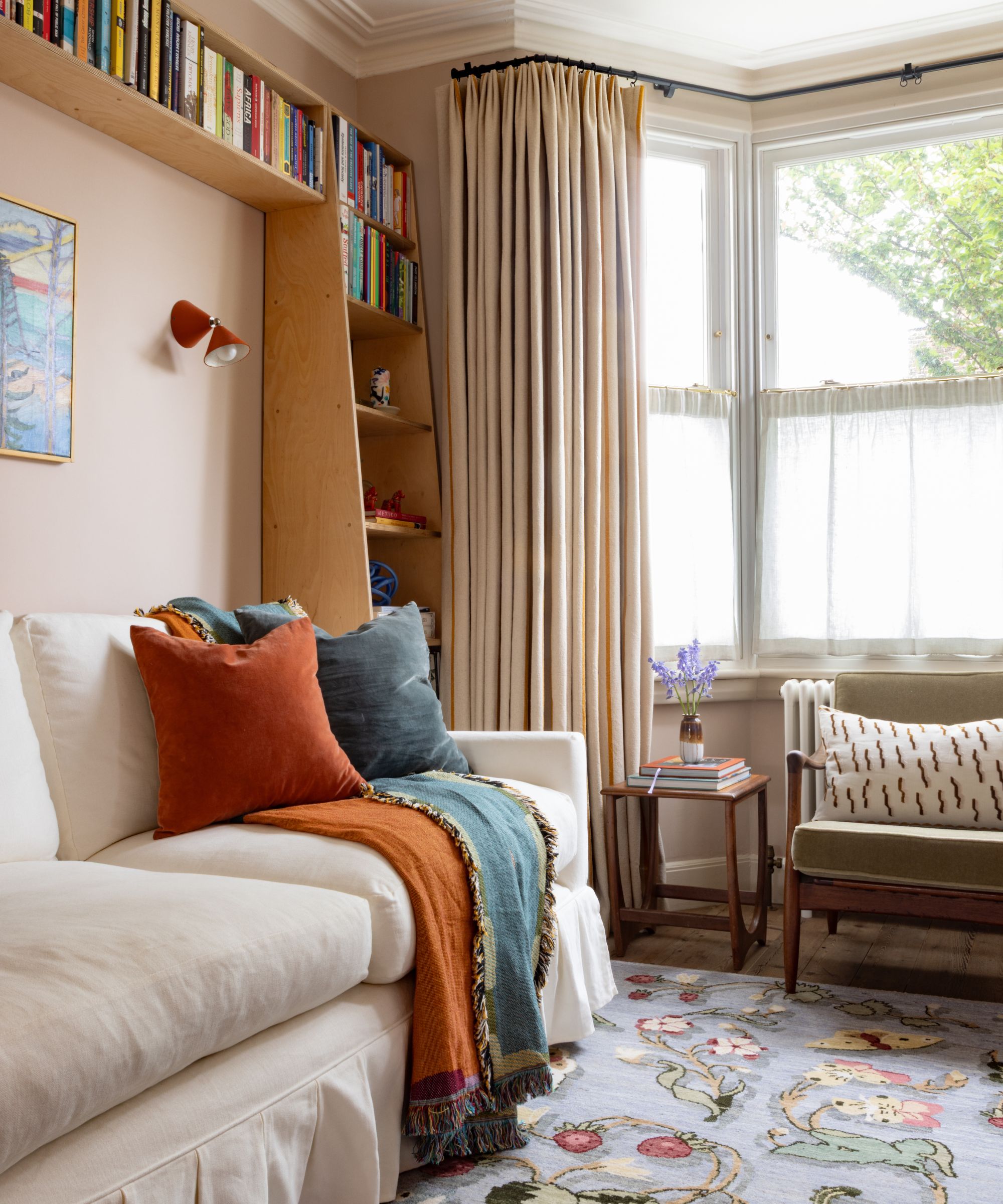
Open plan layouts were once seen as the most stylish, on-trend option for a home, but recently we have seen a slight shift towards a more old-fashioned approach to designing separate, individual rooms.
Kate Walker explains she always tries to create intimate spaces rather than multi-functional rooms that lack intention. 'One key philosophy I champion is designing homes with a series of intimate, purposeful rooms rather than defaulting to open-plan layouts.'
'Historically, homes were designed with compartmentalized spaces for very practical reasons. There was no central heating or cooling, so smaller rooms were more energy-efficient. However, beyond function, this kind of design fosters a richer emotional experience. Each room can hold its own mood, story, and purpose. You create thresholds, transitions, moments of discovery. You regain walls for artwork, corners for reading, and doors that offer privacy and respite.'
Design expertise in your inbox – from inspiring decorating ideas and beautiful celebrity homes to practical gardening advice and shopping round-ups.
Posing the question 'Is open plan going out of style?' Kate adds, 'In contrast, open-plan spaces, while popular in recent decades, often compromise on comfort, acoustics, furnishing flexibility, and the ability to cater to different energies within the home. From a psychological standpoint, separate spaces allow for emotional zoning. If someone needs solitude or silence, they can retreat. Others can gather. A home becomes more harmonious when it offers choice.'
2. Don't ignore the era and architecture
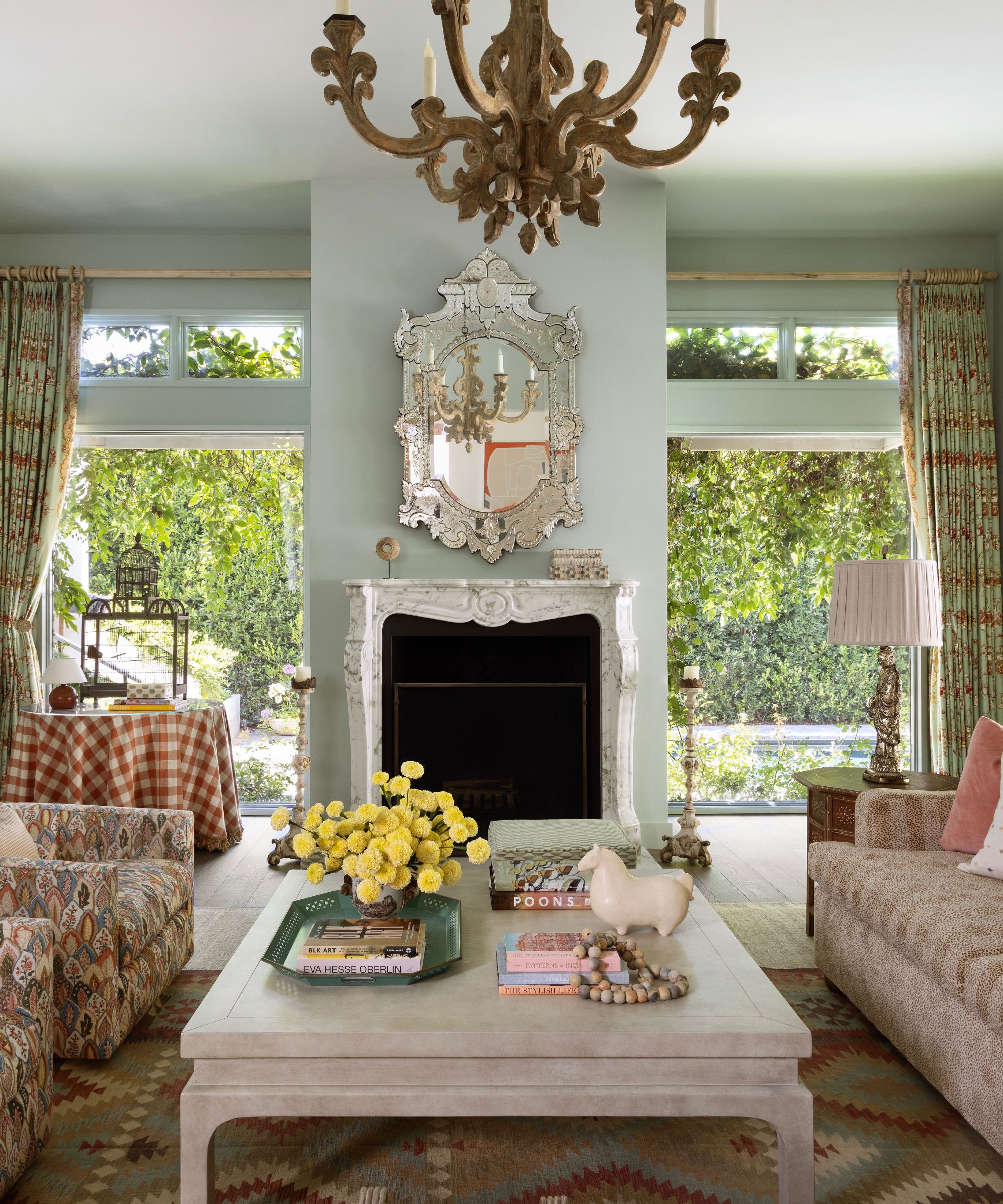
It's always important to acknowledge your house style for a harmonious scheme that aligns with your architecture. Designer Betsy Burnham says she always considers this trusted technique before embarking on a new project.
While many designers like to mix the old and new, you should always acknowledge the bones of the space before incorporating contrasting styles of furniture and decor. Betsy explains, 'One of the old design techniques I still follow is to let the architecture of a house set the design parameters for what’s inside. I’m not super strict about this, but I find it’s helpful, more like guidance than anything, too literal.'
'I was really thrown a few years ago when longtime clients bought a new, modern house and asked for layered, traditional design inside. It took me a while to digest the idea, but of course I did it, and it came out cool – I suppose proving that rules are made to be broken?'
Betsy proves that mixing styles is always possible, but it's important to work around the framework of a home, rather than altering it. Of course, you can add architectural charm to a room that doesn't have any, but acknowledge the age and style of your home before adding new features; the last thing you want is an incongruous design.
3. Follow color theory
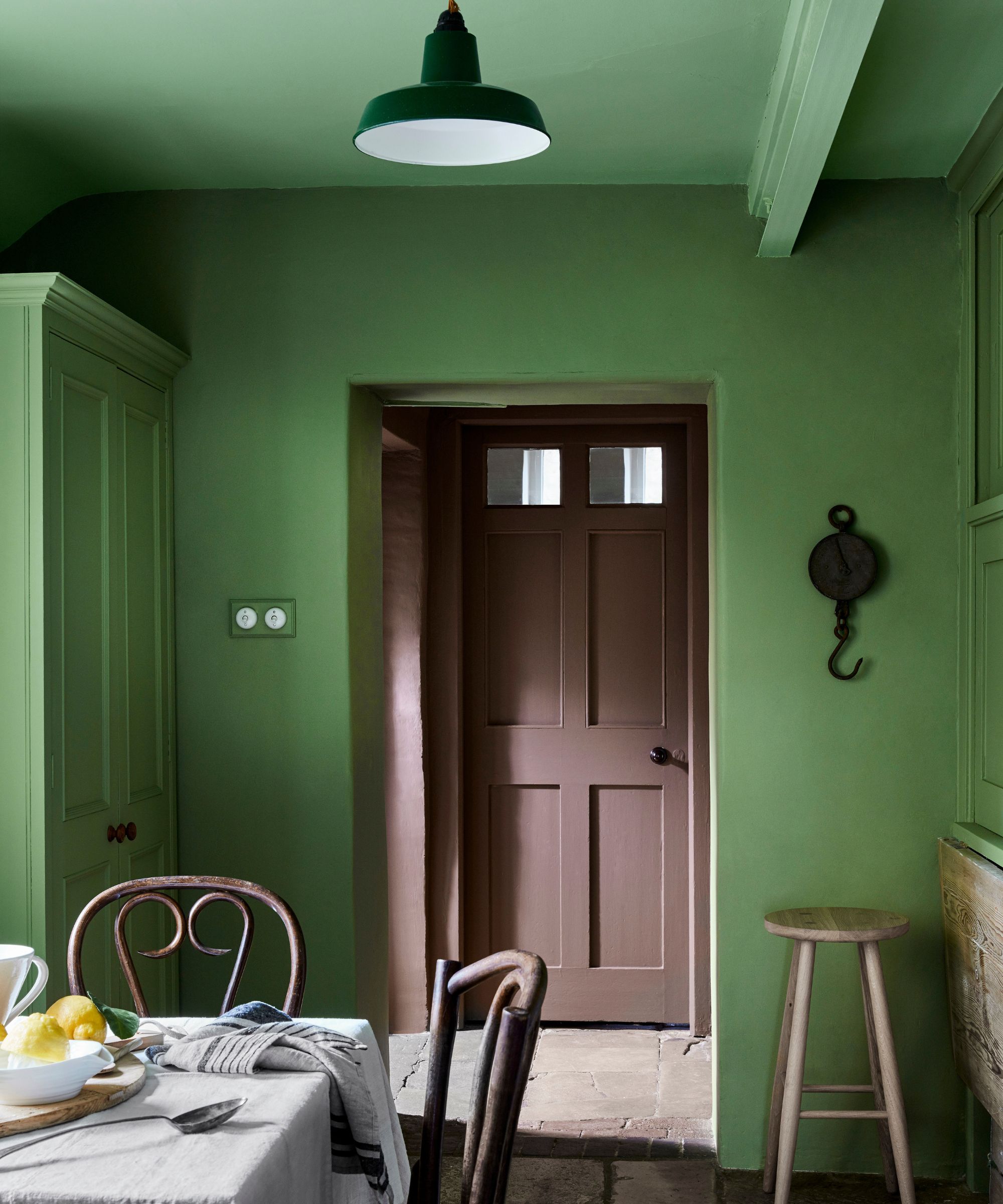
Classic color rules continue to be followed by interior designers today. A truly accomplished scheme acknowledges which shades work side-by-side and perfectly balances light and dark.
Interior designer Jen Baxter, founder of Baxter Hill Interiors, says she continues to an old-fashioned technique when choosing a color scheme. 'It’s good to think about why colors work. The traditional room distribution from color theory with dark floors, medium walls, and light ceilings isn’t just tradition, it became so because it mimics what you often see in nature with darker ground, medium surroundings, light blue sky, which is why it works so well.'
Despite color theory being a long-standing method, it's followed by designers everywhere. Whether creating a monochromatic color scheme or decorating with neutrals, it's a principle that can be applied to any interior, mirroring natural light patterns and shadows.
4. Keep things simple and timeless
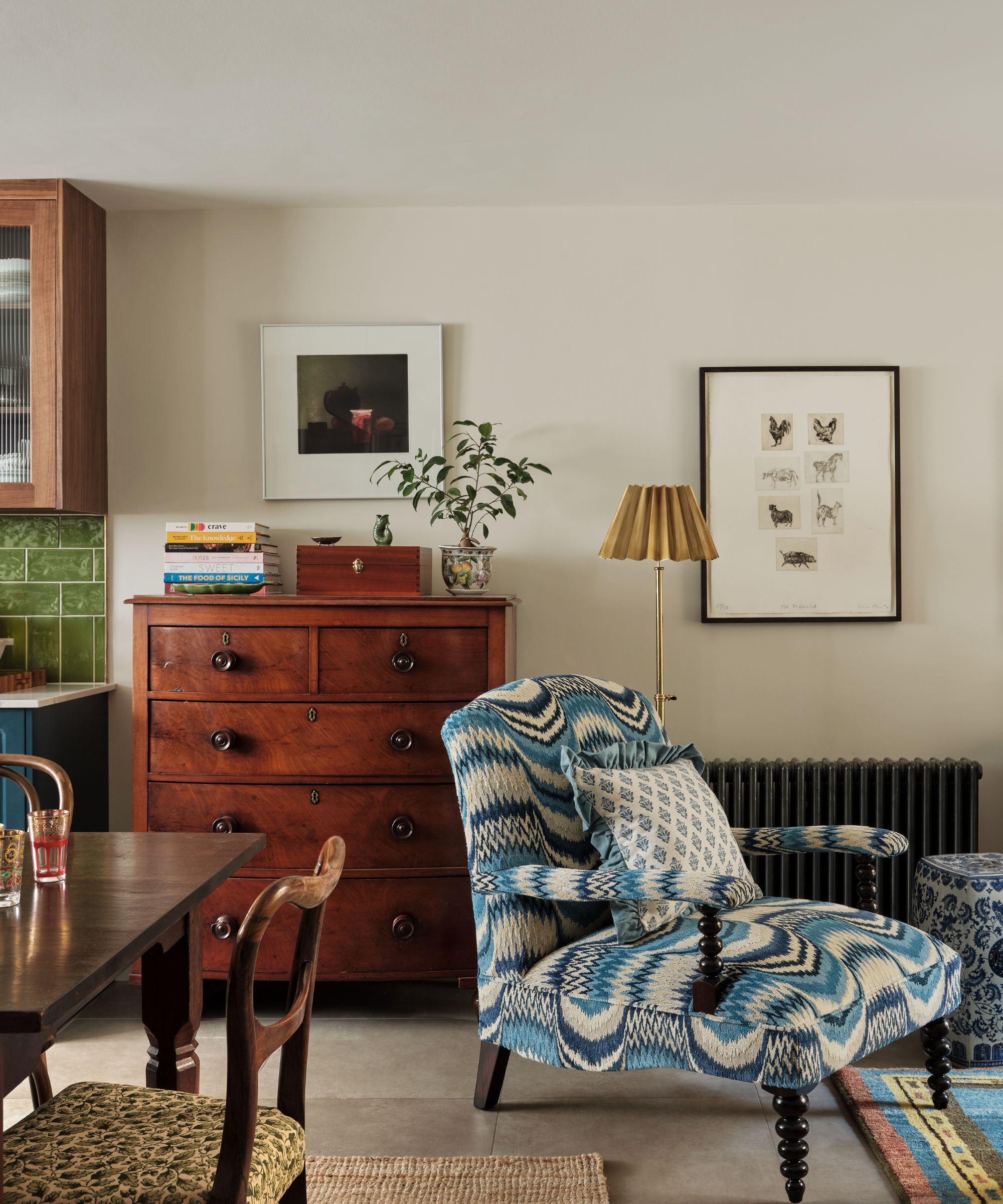
Kate explains another classic approach she always takes is to 'gravitate towards simplicity in furnishing. A single dining table for shared meals. One beautiful chair that invites you to sit. There's freedom in restraint. Design should be intentional, not excessive. The elegance of older decorating methods lies in their clarity and purpose, and that’s something we continue to honour in every project we undertake.'
The range of homeware and furniture to shop for nowadays is heavily influenced by the ever-changing interior design trends. However, although it can be hard to limit yourself to a few pieces, incorporating simple and timeless pieces will make a space feel more grounded. One good piece of furniture should frame a space and do most of the talking. As Kate says, it's easy to overwhelm an interior, but you can't beat classic pieces that shine in their solidarity.
5. Let what you love lead the design
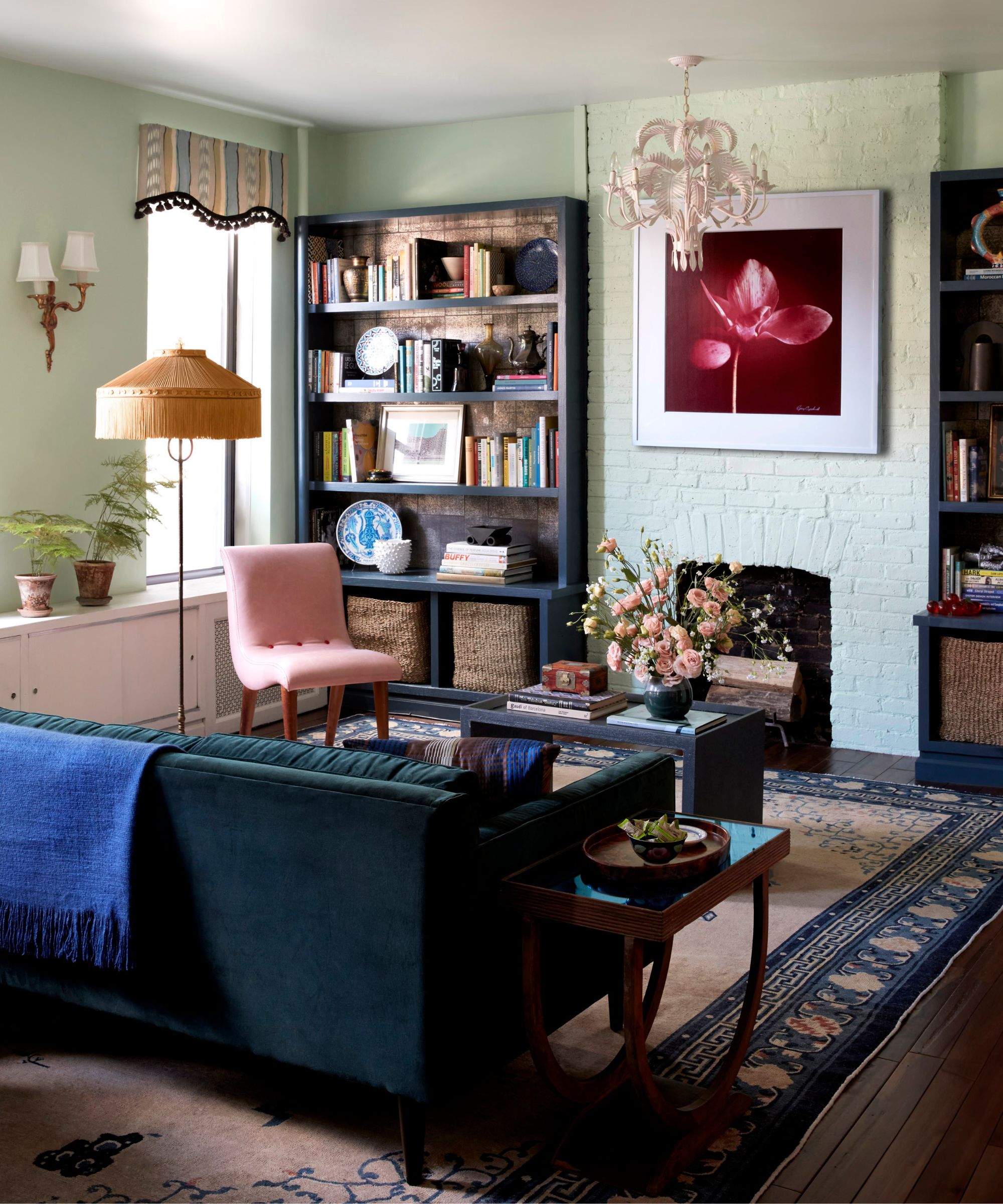
The rise of minimalism in recent years has put greater emphasis on curation. The careful balance of decor and furniture can sometimes result in a lack of meaningful pieces. However, designer Michael Angus still swears by one fool-proof old method –decorating with things you love.
A home that's filled with sentimental and eclectic decor is intentional and timeless. Michael follows a traditional design method, saying, 'Always start with the architecture by accenting the space. And of course, prioritize purchasing what you love and then edit accordingly.'
Whether you're incorporating a meaningful print at the center of a room or you're decorating with vintage ceramics and displaying your favorite bowls and plates on a shelf, decor that speaks to you will always feel timeless in any scheme.
6. Use art wherever you can

Decorating with art is a long-established way to bring personality and character into the home. Despite being a more traditional decorating method, Jen Baxter still swears by the gallery wall.
'Gallery walls are tried and true, having been around for hundreds of years,' says Jen. 'It’s a great opportunity for the homeowner to tell a story about what they love, and it can be a great conversation starter. It can be a repeated, symmetric pattern of antique maps of special places or pressed flowers, or a hodgepodge of collected and loved art from any and everywhere – but as long as it has something to say rather than being purchased as a set, then it’s going to add value to a room.'
Whether you're decorating with vintage art and creating a wall of meaningful pictures or mixing old paintings with newer illustrations, gallery walls are a long-loved way of decorating and continue to be used by designers.
Designers have been using these tried and tested decorating techniques for years, proving that often, the oldest advice is sometimes the most reliable. For an eclectic, timeless scheme that's authentic to your tastes and style, consider transitional style decorating rules that fuse the old and new.

I am the Interior Design News Editor at Homes and Gardens, covering mainly US-based designers and trending news stories. My love for interiors began when I interned in an interior design studio, working on commercial and private spaces. My passion grew while working in production, where I sourced beautiful locations for photoshoots and campaigns. Outside of work, I enjoy collecting antique decor and mid-century furniture for my home.
